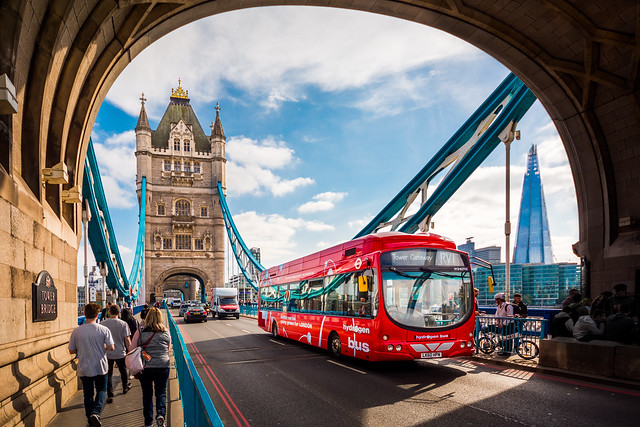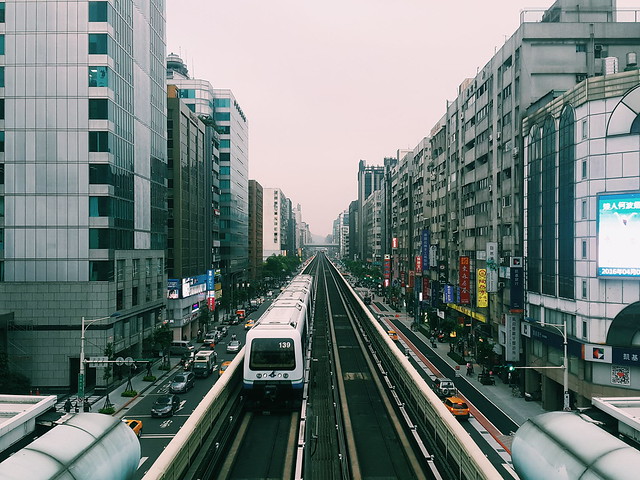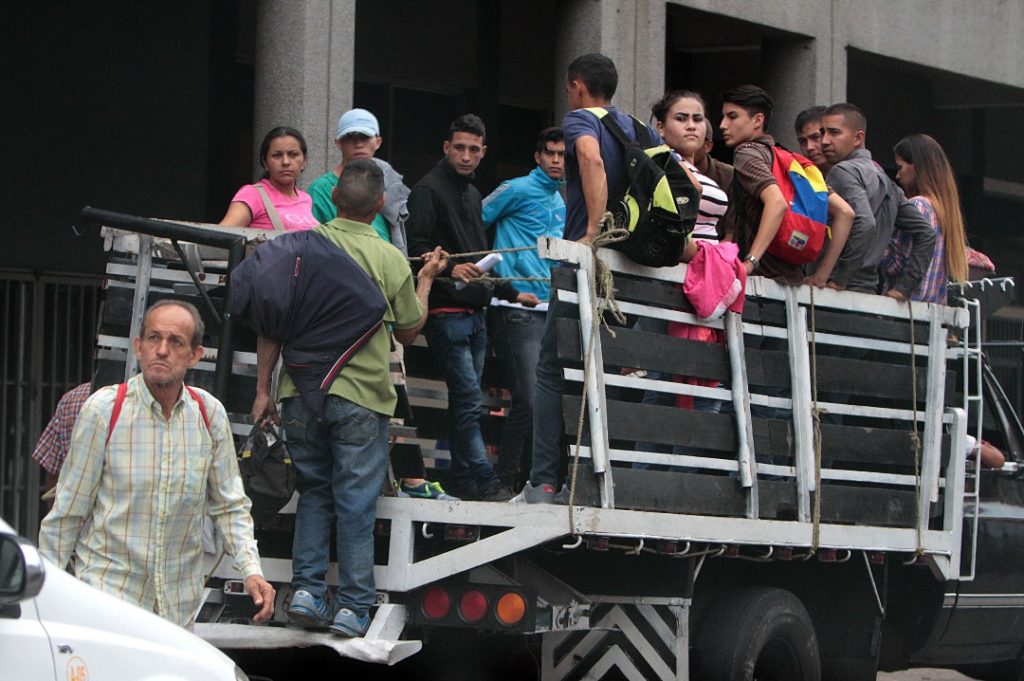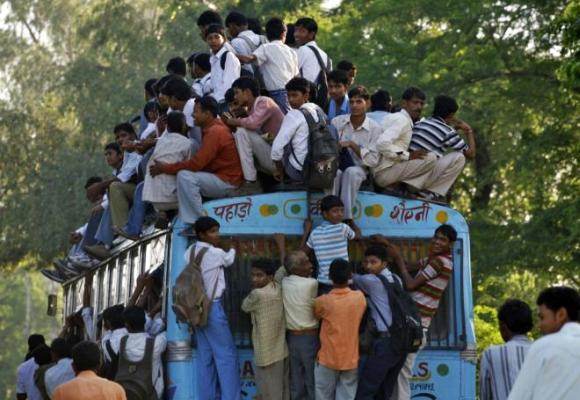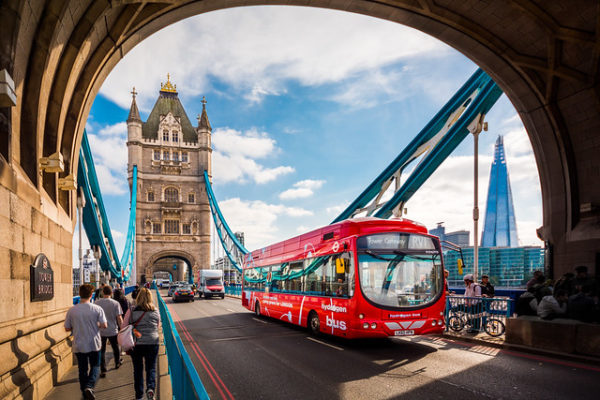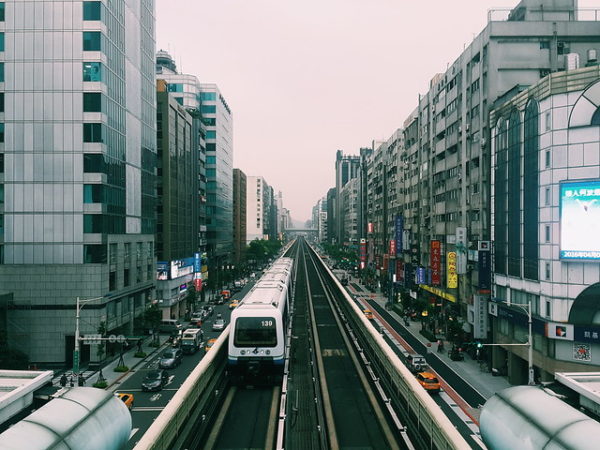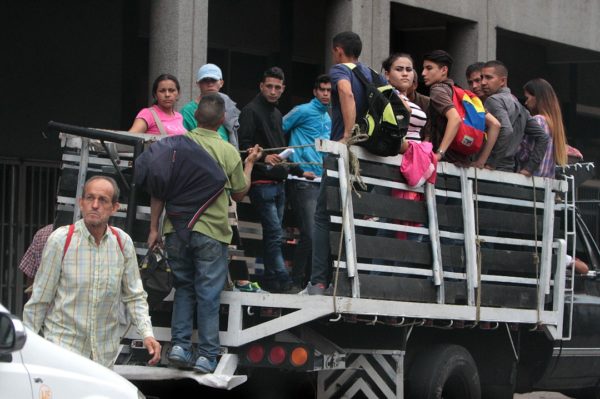The Pleasure of Innovation
The gradual growth of urbanizations has presented great challenges for urban planning. Efficiency in public transport is essential and thanks to the development of technology it has become easier to meet our requirements of punctuality, comfort, environmentally friendly mobility and more.
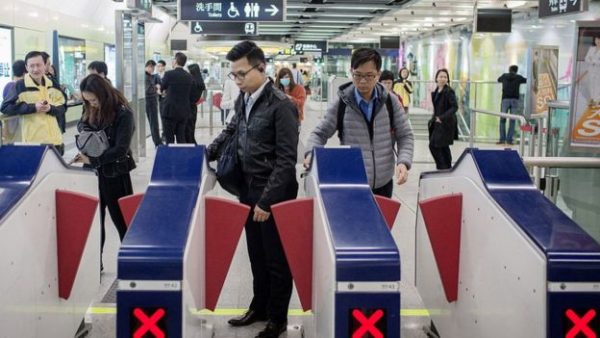
There are many surprising examples of mobility:
- Taipei, Taiwan: It stands out especially for its incredible, complex and punctual public transport system, with six metro lines that are classified by colour, number of lines and station names. It is a very clean, efficient and safe system of fast transit of masses. The payment for the public transport service works through the EasyCard, which can be used for all means of public transport.
- London, England: Red buses are English icons, but it is not the only means of transport worth mentioning. London has the world’s oldest metro system, the Tube, with 12 lines available and used by approximately 3 million people every day. Thanks to the tram system you can go anywhere in the city you want, using only public transport.
- New York, USA: New York’s transportation system is a combination of ferries, buses, trains, subways, pedestrian- and bicycle paths. It has the largest subway system in the world and operates 24 hours a day, seven days a week.
- Tokyo, Japan: The metro is next to the Yamanote train line, the fastest way to get around the city and its surroundings. The punctuality and frequency of the trains are the most striking qualities of the service. Users emphasize the quality of the service and the quietness that is breathed in spite of having thousands of people around.
Disillusion by the Circumstances
Contrary to the public transport systems mentioned above, some cities in developing countries live a very different reality. The time spent on daily commutes to work or school is extremely long. One relevant reason for this is the rapid growth of the urban population, going hand in hand with the lack of a service infrastructure that contains the needs of the citizens. Here are some examples of what should not happen:
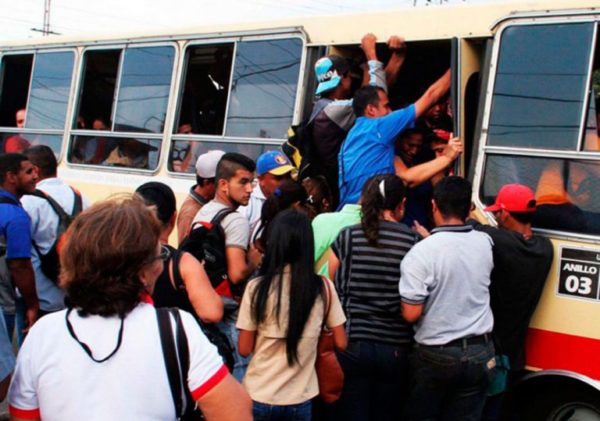
- Venezuela: It is a country that is experiencing a particularly sensitive situation due to state policy. High maintenance costs, decreased importation of spare parts, inflation and cash shortages have led the Venezuelan transportation system to a critical situation. The bus system is essential, since the subway service only exists in less than five cities. Venezuelans must stand in long lines to take a bus and without any notion of the time it will take, they travel overcrowded and in vehicle units with little or no maintenance. The lack of service-efficiency favors the emergence of alternative and unregulated means of transportation, which makes each journey to work or school, a constant nightmare.
- India: India’s urban population is expected to cross 600 million by 2030. With the exception of the cities of New Delhi, Mumbai, Chennai and Kolkata, which have railway systems, the other cities in India have only road transport systems. Bus users have chosen to use individual transport such as cars, bicycles and motorcycles due to the inefficiency of public transport. This entails congestion on city streets, which makes traffic a great boldness. The financial problem in Indian cities has led to unprofitable public transport fares, overly high tax rates and a lack of government subsidies.
Intermediate Point
The growing demand for mobility is one of the main characteristics of today’s cities. In this instance, a clever response on the part of governments is the promotion of the use of public transport. Some major European and American cities are achieving good results in terms of transport efficiency. But it is also true that there exist other realities in Latin America, Asia or Africa, in which workers and students travel crowded in units without maintenance, also requiring between 60 and 90 minutes for each trip. Undoubtedly the contrast is inevitable.
I do not believe that there is an isolated factor that leads to the efficiency of the public transport system, but the participation of urban planners, decision makers (at local, regional and national level) and developers is essential to achieve the unification of Urban Planning and Public Transport. This would involve: a) the physical integration of different land uses for transport services, b) integration of strategies, policies and administrative entities, and c) dialogue and coordination between the public and private sectors.
Therefore, if this were possible, the benefits would be concrete to improve the citizens’ quality of life, socio-economic development and urban renewal.
Unfortunately or not, urban realities are varied. But…it is interesting to reflect on the effects of mobility, because what for us can be ordinary, is the paradise for others.
